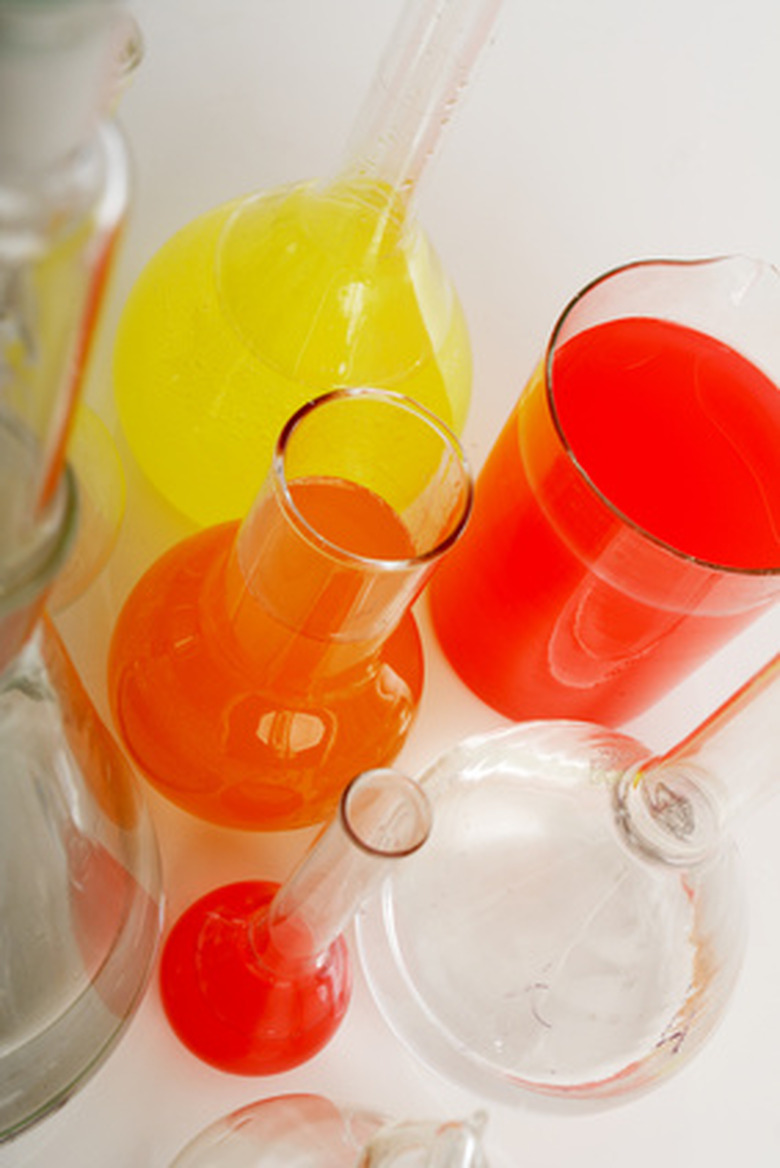How To Calibrate A Spectrometer
A light spectrometer is a device that detects changes in the way light passes through a material. It is used mostly in the scientific laboratory in both college-level courses and professional industry. Even though different types of machines have specific instructions that go with each model, all light spectrometers work the same way. Calibrating the instrument is the first step in using the spectrometer correctly.
Step 1
Turn on the spectrometer and let it warm up for at least 10 minutes.
Step 2
Change the chamber light to the desired wavelength on the spectrometer.
Step 3
Prepare a "blank." Fill the cuvette halfway with the reaction solution that does not contain the unknown sample.
Step 4
Wipe off the sides of the cuvette with a Kim-wipe. This removes any oil left from your hands and fingerprints from the side of the cuvette.
Step 5
Load the "blank" into the spectrometer chamber.
Step 6
Close the lid of the chamber and wait for the measurement to stop.
Step 7
Press the "zero" button to calibrate the spectrometer.
Things Needed
- Cuvette
- Reaction solution
- Kim-wipes
Warning
To obtain accurate results, keep the cuvette clean and wipe off the sides before placing it into the machine.
Cite This Article
MLA
Youngker, Andrew. "How To Calibrate A Spectrometer" sciencing.com, https://www.sciencing.com/calibrate-spectrometer-6368848/. 24 April 2017.
APA
Youngker, Andrew. (2017, April 24). How To Calibrate A Spectrometer. sciencing.com. Retrieved from https://www.sciencing.com/calibrate-spectrometer-6368848/
Chicago
Youngker, Andrew. How To Calibrate A Spectrometer last modified March 24, 2022. https://www.sciencing.com/calibrate-spectrometer-6368848/
